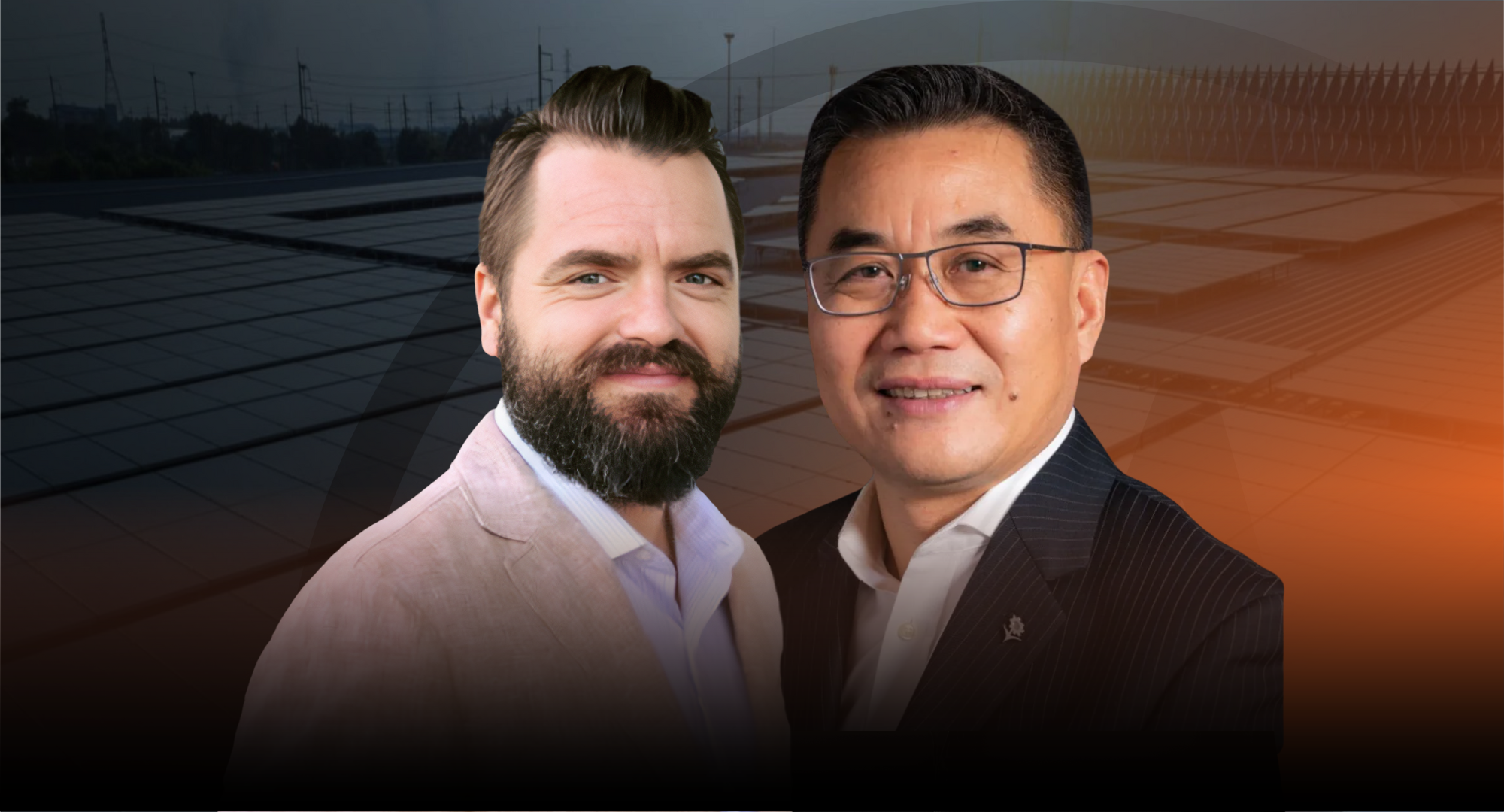When a portfolio underperforms, you know the exact questions that will hit at 2 AM:
- Should you have negotiated different O&M contract terms?
- Why is that community solar project bleeding cash six months post-COD?
- When your inverter failure rate hits 3%, is that vendor performance or something systemic that was missed?
- Why is your battery system degrading faster than the OEM projections promised?
These questions don’t have easy answers. But they do have answers, and the people finding them are your peers, grinding through the same operational chaos you are.
Enter The Future Current, a podcast for solar and storage developers like you.
What You’ll Learn
This isn’t another industry podcast where executives talk in platitudes about “the energy transition” for 45 minutes. We’re talking to solar and storage developers and industry leaders about the specific problems that affect your IRR, your sleep schedule, and your ability to scale without things breaking.
In each episode, our host Sean Swentek, VP, Marketing at Omnidian, digs into real operational, financial, and strategic challenges:
Asset management decisions
How do you structure performance guarantees that actually protect your returns when you’re managing energy production? What metrics matter when you’re managing 200 MW of solar and/or 50 MWh of storage across 50 sites? (Spoiler: uptime percentage alone won’t cut it.)
O&M strategy
When does it make sense to bring operations in-house versus outsourcing? Should you use one provider for solar + storage or split them? How do you evaluate O&M providers when literally everyone claims 99% uptime and “battery expertise?”
Portfolio scaling
What breaks when you go from 10 solar projects to 100 hybrid systems? Where do the hidden costs emerge, and how do you build systems that scale without requiring twice the headcount?
Storage complexity
How do you model battery degradation against actual revenue? What safety protocols actually matter versus regulatory theater? When does thermal management become a real problem versus a vendor scare tactic?
Community solar execution
How do you actually manage subscriber churn? What lease structures work when municipalities are involved and lawyers start multiplying?
Every episode of The Future Current gives you frameworks, decision criteria, and lessons learned that you can help you make the best decisions about your projects.
Episode 1: Dr. Richard Lu on What 100 MW Taught Him About Commercial Solar
Our first guest is Dr. Richard Lu, President & CEO of PowerBank (formerly SolarBank), who has developed over 100 megawatts of commercial solar projects. That’s enough volume to see patterns others might miss, and understand what separates investments that deliver from those that quietly disappoint.
Richard watched commercial solar transform from “that thing on the roof we tolerate” to infrastructure property owners actively compete for. The reason? Ontario’s electricity rates are forecast to hit 18 cents per kilowatt hour within 10 years. Essentially, solar generation at 10 cents per kWh today is both cheaper and a hedge that becomes more valuable every year rates climb.
But Richard goes deeper than rate arbitrage. He breaks down how property owners use integrated renewable systems to attract tenants willing to pay premium rents, and how those decisions compound into asset value that appreciates over decades.
For developers, understanding this owner perspective changes how you structure deals and position projects. It’s the difference between selling panels and selling competitive advantage.
Why This Matters Now
Solar and storage development has graduated from the early-adopter phase. The industry is scaling fast, which means the problems are harder: portfolios are larger, financing structures are more sophisticated, operational stakes are higher, and the technology stack keeps getting more complex.
Add battery storage to the mix and you’ve inherited an entire new category of operational challenges: degradation curves, thermal management, dual revenue optimization, and safety protocols that make solar look a lot more straightforward.
When you’re managing that complexity, you don’t need another vendor pitch or unrelated news article. You need to hear from people solving the same problems in real time, who can tell you what worked, what failed, and what they’d do differently knowing what they know now.
That’s the entire point of The Future Current.
Solar and Storage Leaders: Subscribe and Stay Ahead
Find us on YouTube, Apple Podcasts, or Spotify. Listen between site visits, while reviewing financial models, or when you’re finally sitting down after a day of fighting through interconnection delays.
The industry isn’t slowing down. Neither should your learning curve.









